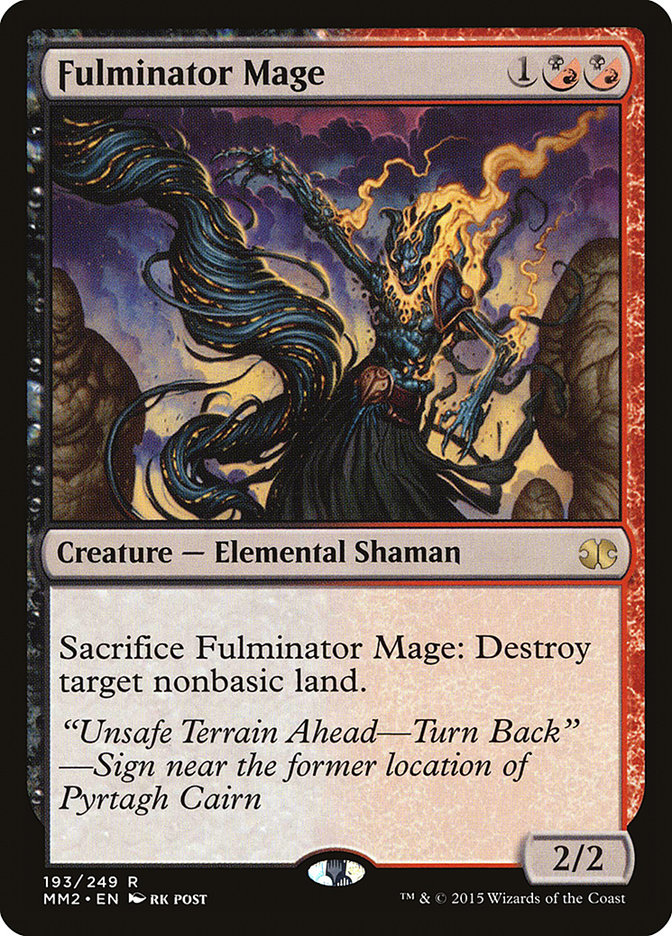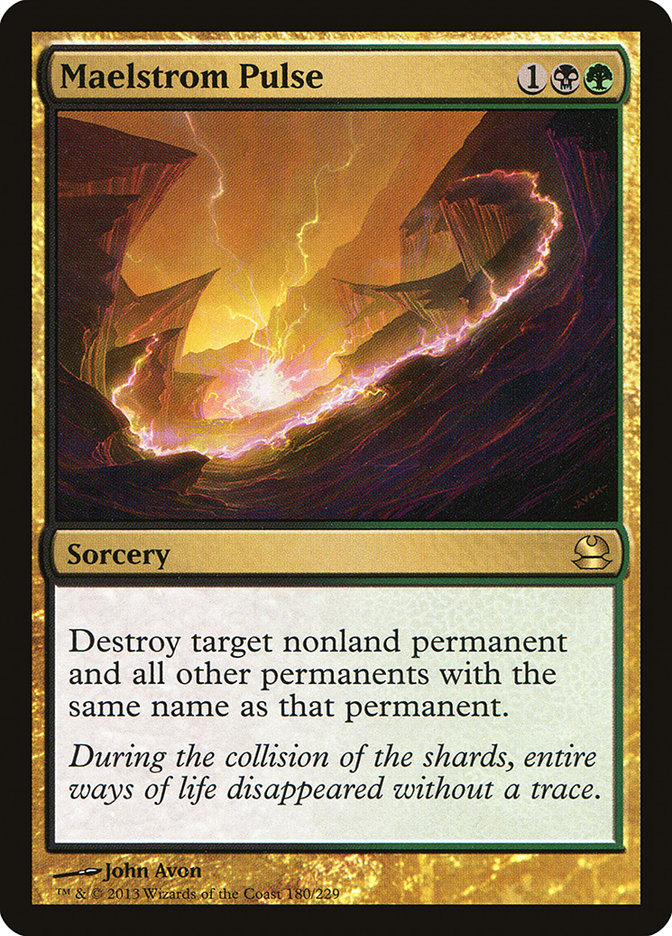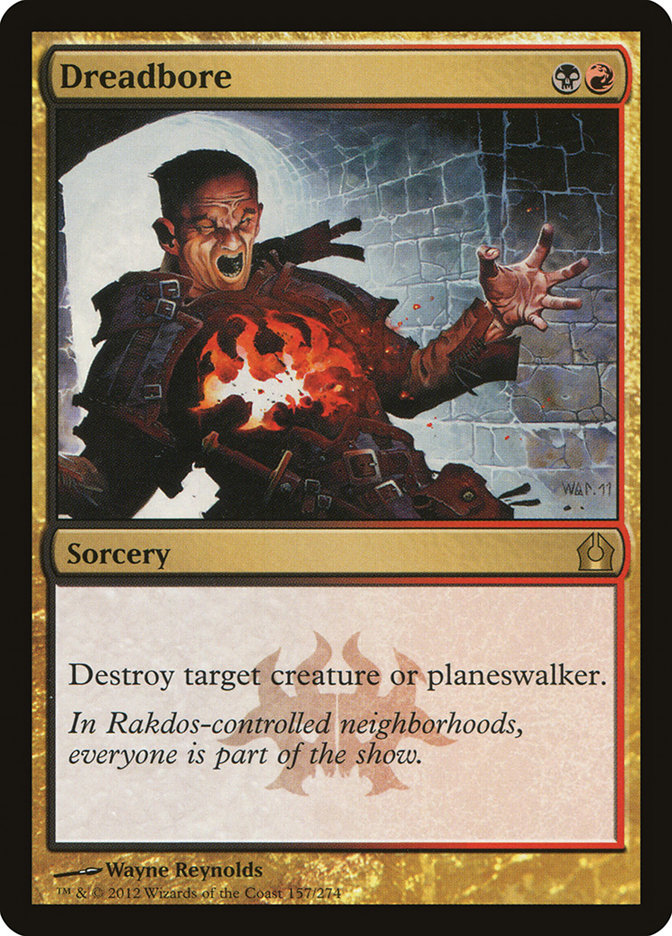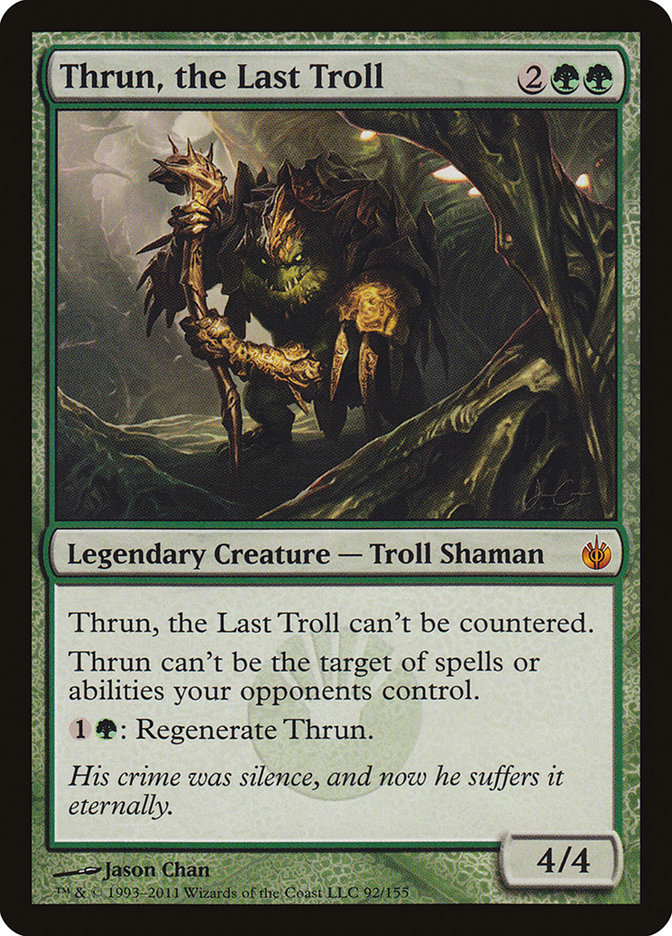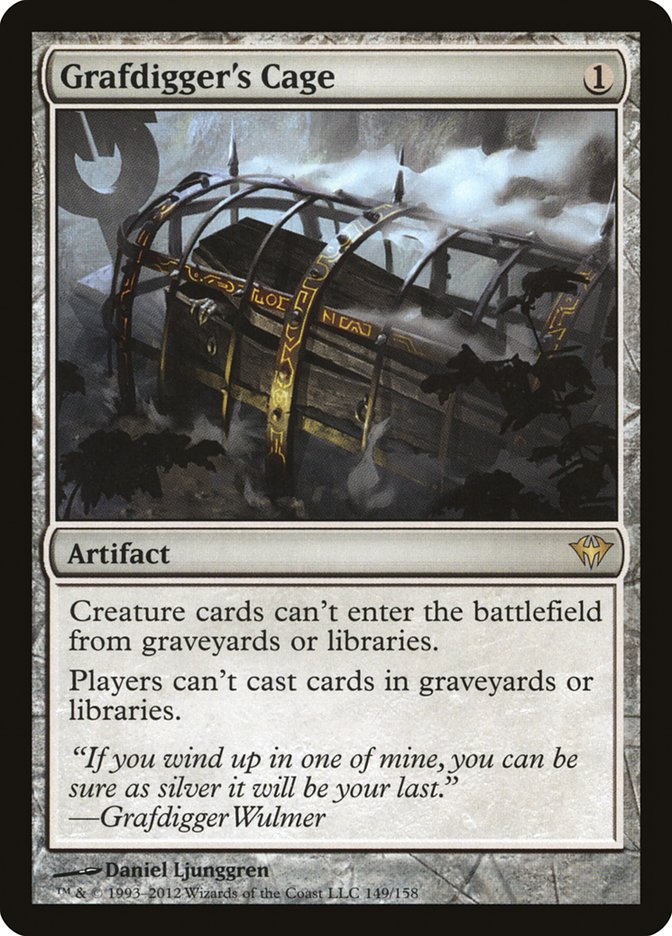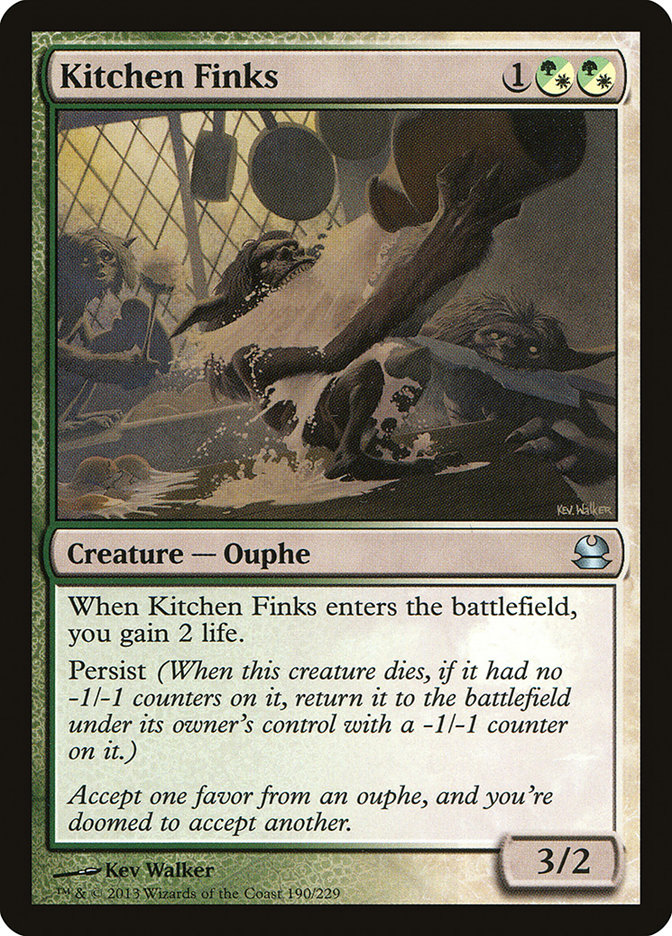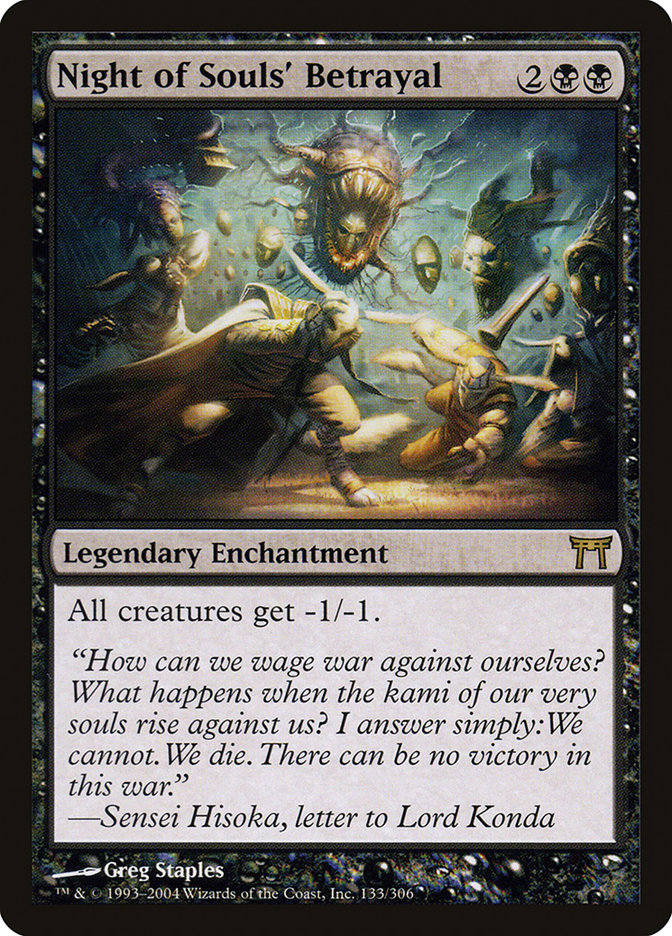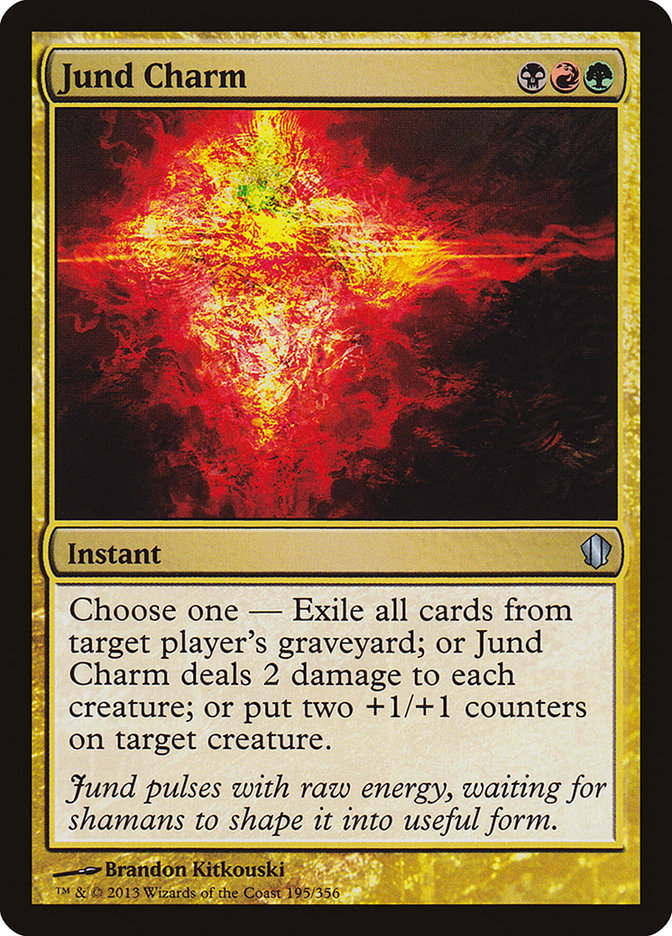 Nahiri, the Harbinger was going to have a huge impact on Modern this weekend after Pete Ingram took down #SCGINDY with Jeskai Control, but having little time to test, I went back to old faithful, Jund.
Nahiri, the Harbinger was going to have a huge impact on Modern this weekend after Pete Ingram took down #SCGINDY with Jeskai Control, but having little time to test, I went back to old faithful, Jund.
After looking at the results from this weekend, it seems like Modern is back to a “play what you want” format. Merfolk and Ad Nauseam took home trophies while having very few high profile results prior to this weekend. Affnity was back on the rise with two copies in the Top 8 of #GPLA, while none made Top 8 at #GPCharlotte. Bant Eldrazi, a relatively new archetype, put up its first Top 8 in the hands of Pascal Maynard.
If the goal of Wizards of the Coast was to diversify Modern with their bannings and unbannings, they did a great job. Interestingly absent from Top 8 in both events was Jeskai Control. This truly surprised me because I think the deck is legitimately powerful and generally resilient to changes players make to adjust. It’s not a deck like Affinity or Dredge that can be shut down by a two-mana white enchantment. Jund, however, also did pretty well, putting three copies total between the Top 8s.
I made the decision to play Jund at #GPCharlotte in the middle of the week. I had no time to really prepare, so I spent time theorizing ideas when I could on how to adapt to a new Modern metagame. Initially I expected Jeskai Control and Infect to be extremely popular because of the success both decks had at #SCGINDY. Dredge decks had been popping up on Magic Online a fair amount, so I expected to see some of that as well. Burn falling out of favor to other Wild Nacatal decks such as Suicide Zoo and the various Reckless Bushwacker and Burning-Tree Emissary builds was a good transition for Jund. With the format so wide open, I wanted to go to #GPCharlotte with something that had game against everything, and in Modern, that’s Jund.
I spent some time chatting with “the Jund Guy” Brad Nelson the night before the event. He was low on Kalitas, Traitor of Ghet, a card that people were playing as many as three of in their versions of Jund. He opted to play some copies of Fuliminator Mage in his deck, freeing up some sideboard slots.
Initially, I loved this idea. Jund is a deck that can never have too many sideboard slots. I lost a lot of my Games 1 in this tournament. That is pretty typical of Jund. We have a lot of dead cards in Game 1 in various matchups, and then in the sideboard games our deck goes from 40% to 70%. We get to customize our deck in a way, against almost everything, that makes us favorites against most decks after sideboarding. As long as we have the right sideboard cards, that is. This makes extra sideboard slots really valuable.
In Brad’s opinion, he felt Kalitas, Traitor of Ghet was just a decent, but unnecessary inclusion to the deck that was only truly busted a small percentage of the time. I don’t disagree with Brad on this. Kalitas is sometimes just a mediocre threat that’s expensive. Other times it can win the game on its own. I went to bed registering Fulminator Mage in my maindeck and no Kalitas, Traitor of Ghet.
I woke up the next morning and realized that when Fulminator Mage isn’t at its best, it’s really low-impact. Kalitas, Traitor of Ghet, however, is a powerful card that can take over games on its own while Fulminator Mage is simply a Stone Rain. Fulminator Mage can impact a game some, but it usually doesn’t take over games on its own and needs other help in the matchups it’s good in, such as Tron or Scapeshift. I changed my mind and decided I just wanted to play as many powerful cards as I could and frantically rebuilt my sideboard and maindeck at seven or eight in the morning to meet the deadline so I could include Kalitas, Traitor of Ghet in my deck.
Kalitas, Traitor of Ghet was impressive. It provided me with disruptive elements against both Dredge and Abzan Company while also providing me additional value off removal spells.
One thing I realized in this tournament is that when Path to Exile is out in large quantities, four-drops are good in your decks with Dark Confidant. Generally the opponent can’t let a Dark Confidant sit on the battlefield and net you card advantage, so they are all but forced to cast Path to Exile on it. This quickly ramps you to four mana, making four-drops much more palatable. This came up in multiple matches for me this weekend against decks like Bant Eldrazi, Jeskai Control, and B/W Eldrazi. This theory also holds up with the two copies of Thrun, The Last Troll in the sideboard.
This is the final list I registered for #GPCharlotte.
Creatures (13)
Planeswalkers (4)
Lands (24)
Spells (19)

The rise of Infect and various Wild Nactal decks make for solid matchups, and the hand disruption combined with Tarmogoyf for a fast clock gives you game against almost anything. What I overlooked, however, was just how poor Jund is against Jeskai Control. I anticipate this being an extremely popular matchup moving forward, so I’d like to share with you what I learned about this matchup specifically.
The mix of drawing dead Lightning Bolts, Abrupt Decays, and generally unimpressive Terminates or other removal, combined with the Jeskai opponent’s ability to suspend Ancestral Vision for one mana and eventually refill their hand while also being reactive to your few threats, makes Game 1 extremely difficult. In the later stages of the game, they are not only up the cards drawn from Ancestral Vision but all the virtually dead cards in your hand. You must try to close the game out early by disrupting their hand, getting on the battlefield with creatures, and killing them or getting them into Lightning Bolt or double-Bolt range to steal the win.
I added an extra Maelstrom Pulse to my deck because of its applications against Nahiri, the Harbinger, and almost added a Dreadbore instead of a Terminate. I don’t think making a switch like that will improve the matchup nearly as much as having Terminate helps against other matchups, such as Infect, Death’s Shadow, or Affinity.
It’s very rare that you will win a Game 1 by just killing one Nahiri, the Harbinger. If you were ahead on the battlefield and pressuring their life total, then Nahiri likely dealt with your threat. If you have no creatures on the battlefield and get to kill a six-loyalty Nahiri, then you’re usually losing anyway because you have an empty battlefield, which will usually lead to a drawn-out game in which you are extremely unfavored. Dreadbore also leaves you vulnerable to their backup plan of just killing you with Celestial Colonnade while you stare at a sorcery-speed removal spell in your hand. While I do like the second Maelstrom Pulse in the deck, I’d avoid including Dreadbore unless you want to shave on Abrupt Decay or perhaps the Seal of Fire.
Ultimately, in Game 1 Jund just doesn’t have enough resilient threats to keep up with Jeskai Control. To fix, this you’d have to warp the amount of removal you play that make you good against creature decks. I don’t think the juice is worth the squeeze in doing that. Kitchen Finks would be the card that you could acceptably maindeck that would be both good against creature decks as well as Jeskai Control, if you want to increase your threat density and decrease your removal while also not hurting your matchup too much against some creature decks.
Another surprising thing I learned about the matchup against Jeskai Control was how low-impact Liliana of the Veil was. Traditionally, Liliana of the Veil was excellent against blue decks. Splinter Twin was weak to Liliana of the Veil because it forced the Splinter Twin player to go for the combo early before Liliana ripped apart their hand. The problem with Liliana of the Veil against Jeskai Control is that Nahiri, the Harbinger reaches ultimate so quickly. Don’t get me wrong; I still want Liliana of the Veil in my deck against these Jeskai Control decks. But it’s not as back-breaking as it used to be because of both the speed of Nahiri, the Harbinger and the recent addition to the format, Ancestral Vision. Ancestral Vision allows them to refuel in the grindy games where they don’t have Nahiri, the Harbinger online and you are picking apart their hand with Liliana of the Veil.
On paper I felt Jund was pretty weak to Nahiri, the Harbinger. I didn’t have time to test the matchup, like I said, but I knew a sideboard card that would do just the trick: Thrun, the Last Troll. Thrun is extremely difficult for Jeskai Control to deal with and can keep Nahiri, the Harbinger in check. Some Jeskai players play a copy or two of Wrath of God, but other than that, Thrun, the Last Troll usually will stay on the battlefield for the entirety of the game.
As a Jeskai player, Celestial Flare may be a cute trick to add in the future if you’re afraid of Thrun, the Last Troll. It can get chewed up by a Thoughtseize but can also be flashed back with Snapcaster Mage. Celestial Flare will also be extremely good against both G/W Hexproof and Infect, so it’s something to consider trying.
My sideboard plan in this matchup was simply to cut all copies of Lightning Bolt, Abrupt Decay, Seal of Fire, Grim Lavamancer, and Kalitas in favor of all copies of Fulminator Mage, Kitchen Finks, Duress, Grafdigger’s Cage, and Thrun, the Last Troll.
Ultimately I decided that Grafdigger’s Cage interacting too poorly with Kitchen Finks wasn’t the only issue, but Grafdigger’s Cage isn’t even that effective. Sure, it shuts off Snapcaster Mage and can prevent Nahiri, the Harbinger from summoning an Emrakul, the Aeons Torn, but if Nahiri, the Harbinger is left on the battlefield for too long, the opponent can simply bounce the Cage with Cryptic Command and ultimate Nahiri that turn. If they don’t have Cryptic Command yet, they can continue to use Nahiri, the Harbinger’s looting ability or exile some of our few threats. Grafdigger’s Cage only solves a small part of the problem Nahiri, the Harbinger presents us.
For these reasons I decided to stop bringing Grafdigger’s Cage in. As for the maindeck and sideboard I have now, I landed on leaving a Lightning Bolt in my deck instead, because it had the ability to kill a Nahiri, the Harbinger that just exiled a creature while also killing a Vendillon Clique if they had that coming out of the sideboard. Of course, it can still always go to the face.
I feel slightly favored after sideboarding, but not enough to counteract how poorly I think we are suited to win Game 1. Thrun, the Last Troll is definitely one of the best solutions to this problem and it was great for me all weekend. Those are my two cents on the Jeskai Control matchup for Jund.
If I were going to play another Modern event his weekend with Jund, I think I would register the exact same maindeck I did this weekend; I would however change the sideboard slightly to the following:
1 Duress
I simply cut a Disfigure, a Grim Lavamancer, and a Grafdigger’s Cage from my list this weekend in favor of a Night of Souls’ Betrayal, a Jund Charm, and a Thoughtseize. Night of Souls’ Betrayal is basically a lock piece against both Affinity and Infect while also playing reasonably well against a new deck brought to the table by Matt Nass. Matt took a nasty G/W Tokens deck to #GPLA and had a solid performance. I can assure you that deck will be an issue for Jund, so packing both a Night of Souls’ Betrayal and a Jund Charm as a sweeper will be some help.
Jund Cham is a more versatile graveyard hate card because it also acts as a Pyroclasm. Dredge shouldn’t be much of a factor moving forward, so I would rather have a more versatile card that is still good against both Dredge and Abzan Company while having this other application. With Ad Nauseam, Scapeshift, and Jeskai Control running around, another pinpoint hand disruption spell in Thoughtseize seems good. I could also see this being a Slaughter Games, a card a lot of people dislike but that can be lights-out against all three of the previously mentioned decks. I’ve never had a problem with a card like Slaughter Games when used appropriately.
Would I recommend Jund for the next Modern tournament? Absolutely. Do I think it’s the best deck? I do not think it’s any better than anything else at the moment. Modern is still shaping itself, and until a metagame settles, I would just play what you know and play what you like. Week to week, different decks are targeted by sideboard cards, and being aware of the shifts in the metagame is of extreme importance. If you can appropriately call a metagame, I think Jund is a great choice. I’d consider working more on Jeskai Control, because despite a poor showing this weekend, I really think the deck has legs and could end up being the next Splinter Twin-type deck. I guess we’ll have to wait and see.



